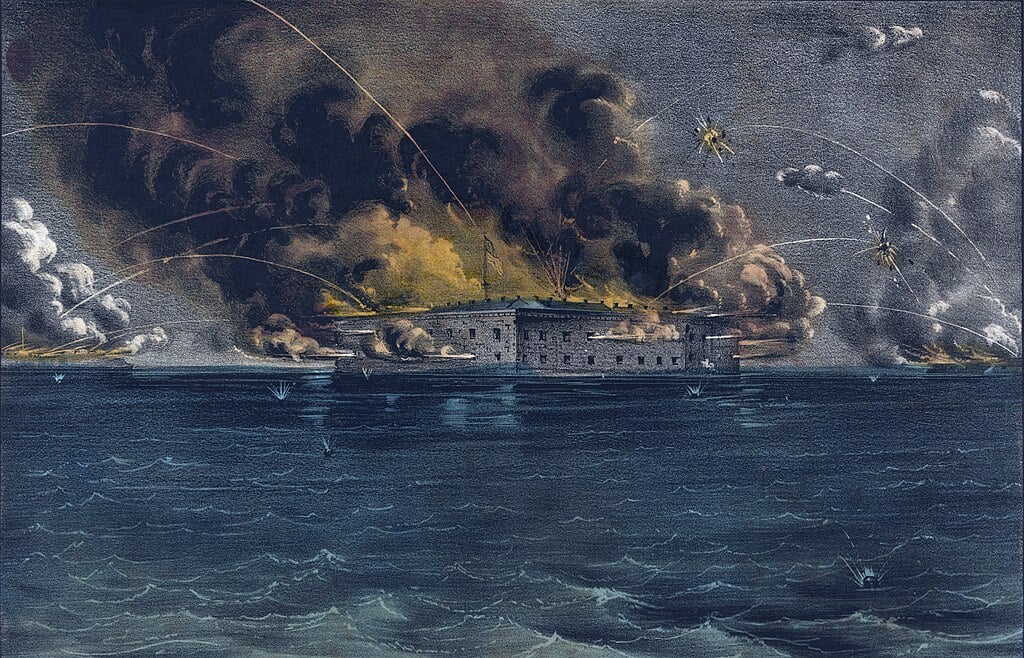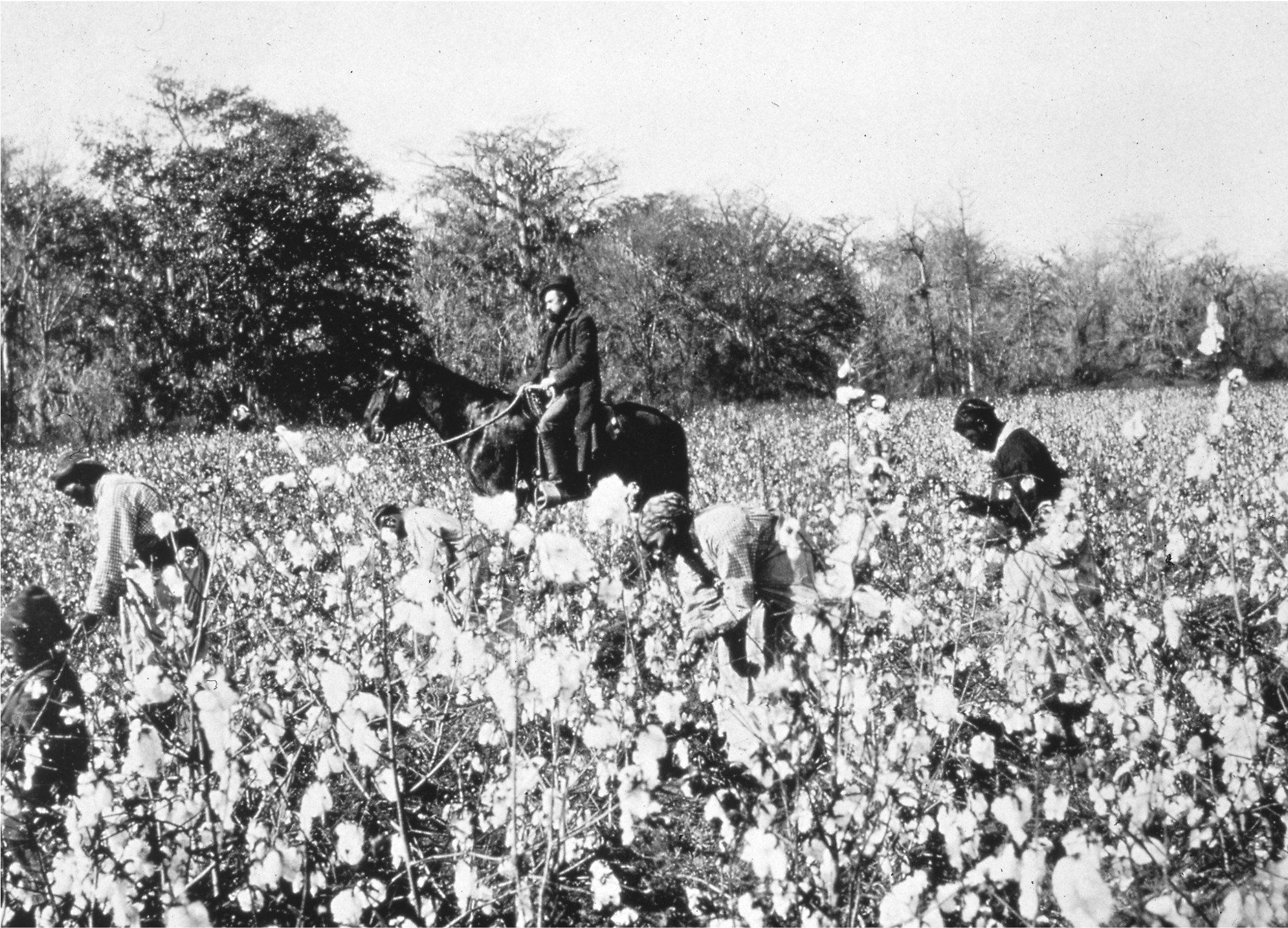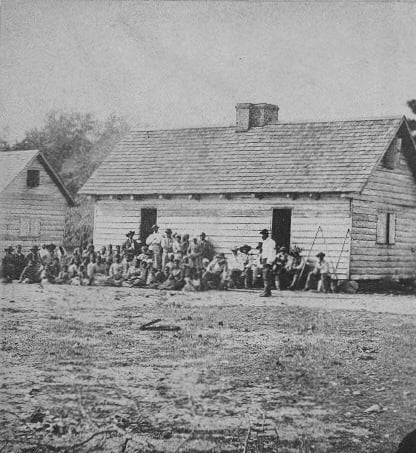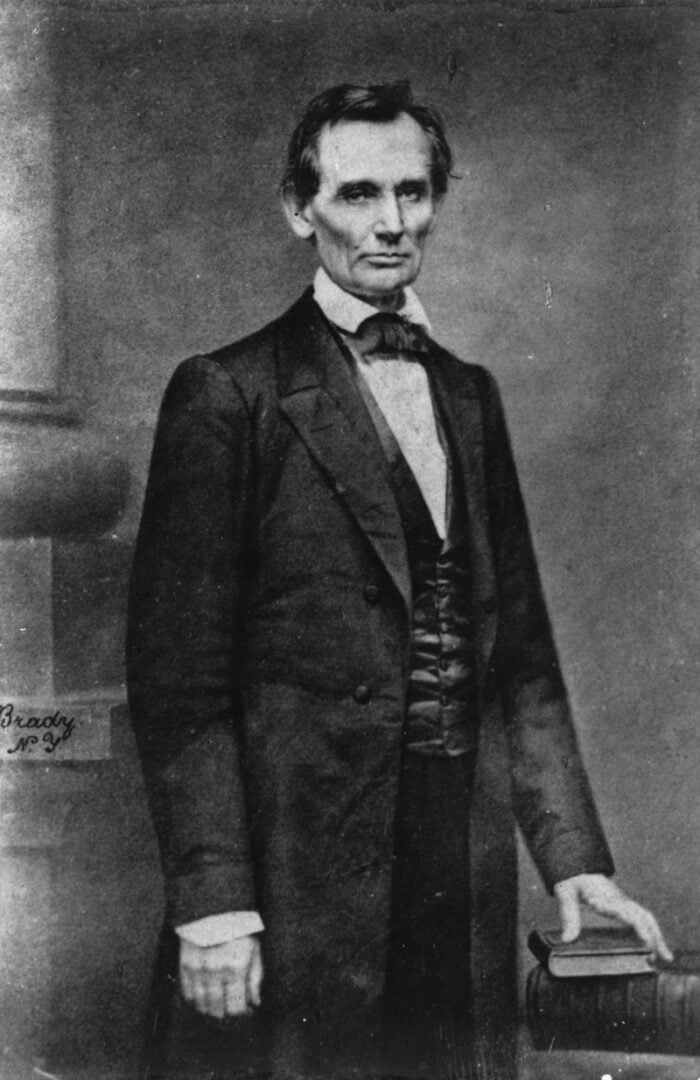A Brief History of the Civil War
Conflicts arise and escalate due to the existing challenges and the complex interplay between the social, political, and economic elements within a region. The American Civil War has been considered the deadliest war in the history of the United States and has had a lasting impact on the country. This pivotal moment in American history took place from 1861 to 1865 due to several reasons.
The American Civil War was deeply rooted in the resentment and disagreements over the institution of slavery and the states’ rights that had shaped the political and economic sector of the country since its founding in 1492. The war began with the Confederate attack on Fort Sumter in South Carolina on April 12, 1861, and the war ended on April 9, 1865, following the surrender of Confederate general, Robert E. Lee, and his army.

During these four years, America witnessed significant loss of life, destruction, and violence due to battles such as Antietam and Gettysburg. The war resulted in notable economic and socio-political transformations, such as the abolition of slavery through the Emancipation Proclamation by President Abraham Lincoln and the passing of the 13th Amendment.
Causes of the Civil War of the United States
The difference between the economies of the northern and southern American states, sectionalism, the question of slavery, and states’ rights are considered to be the major reasons behind the escalation of the Civil War in the United States. These have played a significant role in the emergence of the four-year war.
Difference Between the Economies
The northern states of the United States were considered good for farming but this is not what it was focused upon. The area was broken up by rocket fields, rolling hills, and small farms. During the harsh winters, the economy was based on manufacturing, which included getting cotton even from the southern states to manufacture it into textiles, instead of on farming. So instead of growing crops, they focused on taking crops and making them into something valuable.
The North didn’t rely on slave labour, instead, it relied on immigrants to come and work in their factories. The increase in immigrants led to rapid urbanization in the area. On the other hand, the South comprised of slave states more inclined towards growing crops since it had a lot of fertile soil along the river basins. Common crops in the southern states included cotton, indigo, rice, and tobacco.

There was large-scale farming focused on one crop and the centre of life was based on plantations, such as the “Hopeton Plantation” in Georgia. Slaves would work in these areas where they grew one crop on a large scale. So, the Southern economy and life weren’t focused on cities or factories, instead, it focused on plantations. The economies of these regions created different views regarding what was more important.
The Issue of Slavery
As previously stated, the North didn’t depend on slavery because farming was not the main focus. However, the South saw slavery as a significant part of their lives since their plantation lifestyle was dependent on it. It sought the expansion of slavery. Slaves were seen as a free workforce who could produce crops cheaply. Chattel slavery was common in the South where a person owned the slave.

It wasn’t common in history to own a person entirely; usually, traditional slavery was known to last for a short period, but chattel slavery was known to be extremely brutal. African Americans were known to be subjected to harsh treatment by their masters. Severe penalties were imposed on slaves if they tried to escape. Chattel slavery works on the fact that people can own slaves as their property which called in the question of humanity. The North developed a culture of “abolitionism” where people called for an end to slavery. Notable abolitionists include John Brown, William Lloyd Garrison, and Frederick Douglass.
Sectionalism
The main issue was that the people of the South and the North saw themselves as quite the opposite of each other and what’s more interesting is that they didn’t recognize themselves as Americans. They’d refer to each other as Northerners and Southerners. Such differences, accompanied by distinct economies and geography, made it apparent that the two areas were split apart. They felt like two separate parts of the world instead of the United States.
Issue of States’ Rights
The issue of the dispute centred around federalism and centralism. It was based on the notion of whether the states were to have more power than the central government, or whether the government should have power over the states. The South didn’t like the laws being passed by the North as they considered states to be more important. South Carolina once nullified a law passed by the North that emphasized taxation on cotton and other crops.
Moreover, when Abraham Lincoln came into power in the 1860 presidential election, many Southerners were against him. They viewed the election of Abraham Lincoln, the first Republican Party president, with suspicion. Since Lincoln called for an end to slavery, he was considered a pro-Northerner by the South. So the South claimed a separate identity and seceded from the Union (previously referred to as the North), leading to the creation of the Confederate States of America, which no longer abided by American laws. A total of 11 Southern states seceded from the union; these states were led by Jefferson Davis. However, the North was against this and demanded that these states must abide by the law.
These issues kept growing, leading to the outbreak of the American Civil War.
The Major Battles of the American Civil War (1861 to 1865)
There were many events and battles which took place during the four years of the war. The Civil War in the United States began on April 12, 1861, when the Confederate troops waged an attack on Fort Sumter in South Carolina. It led to the Union garrison surrendering, with the commanding officer, Major Robert Anderson, lowering the flag on 13th April 1861, indicating a victory for the South. The First Battle of Bull Run (First Manassas) was the very first land battle between the Confederate and Union armies. This battle took place in Virginia where the Confederate forces were able to defeat the Union forces, again indicating victory for the South.
The Second Battle of Bull Run (Second Manassas) took place from August 29–30, 1862. The Confederate victory in the battle drove the Union army from eastern Virginia and enabled the Confederates to start their invasion of the North via Maryland. Later, in September 1862, the Battle of Antietam was fought which is considered to be the most violent and bloodiest battle lasting for a single day. There were more than 22,000 deaths reported. This battle was the most significant turning point in the Civil War because it stopped the Confederate invasion of the North and paved the way for President Lincoln to pass the Emancipation Proclamation.

The next battle was the Battle of Gettysburg in July 1863, fought in Pennsylvania. Here, the Union forces were able to achieve victory, marking the downfall of the Confederate forces. Later in 1863, the Union seized the Confederate city of Vicksburg, Mississippi, which gave the Union full control of the Mississippi River and this split the Confederation into two.
The final battle fought between the Union and the Confederates was the Battle of Appomattox Court House in Virginia, on April 9, 1865, where the Confederate forces under General Lee surrendered and granted the courthouse to the Union. This marked the end of the American Civil War.
The Emancipation Proclamation was issued by President Abraham Lincoln on January 1, 1863, which declared that the slavery existing in the South should be put to an end. This proclamation gave the Union another motivating factor for the war and it helped prevent the European nations from intervening in the war to help the South. In the aftermath of the Civil War, on April 15, 1865, President Abraham Lincoln was killed by John Wilkes Booth in Washington, which spread fear across the nation as it moved toward the reconstruction phase.

Exploring the Consequences of the American Civil War
The victory of the Union forces indicated the strength of the American government to handle the issue of sectionalism in the country. It resulted in a strengthened foreign outlook for the United States. There were a few external matters which had caused complications for the government of the United States and after the Civil War, the government was able to handle those matters effectively. These included defeating the French intervention in Mexico and hastening the confederation of Canada in 1867.
Furthermore, the successful implementation of the Emancipation Proclamation paved the way for the abolishment of chattel slavery and racial slavery at an international level. The abolitionist movement gained strength during the 1860s and the 1870s. The impact could be seen worldwide when Russia also ended serfdom and the Spanish put an end to slavery in Puerto Rico. The Dutch and the Brazilians did the same; however, it was not until 1888 that slavery ended entirely in Brazil.
Conclusion
The American Civil War was surely the most violent conflict in the history of America due to its high number of battles, where around 620,000 of 2.4 million soldiers were killed. Despite such casualties, the war did put an end to slavery. The legacy of the war continues to this date and serves as a reminder of the capability of the nation to remain united and address important issues and matters revolving around race and equality.
Understanding the Civil War helps us better appreciate the determination of the American spirit and their unrelenting pursuit of justice and equality. Recognizing the past is essential for guiding current and upcoming initiatives to create a society that is more equitable and fair. The Civil War taught us important lessons such as the need to oppose injustice, and the resilience of the human spirit in the face of tragedy.
If you want to submit your articles and/or research papers, please check the Submissions page.
The views and opinions expressed in this article/paper are the author’s own and do not necessarily reflect the editorial position of Paradigm Shift.
Minahil Khalid is a student of M.Phil International Relations at Kinnaird College for Women University, Lahore. Her research interests revolve around global political issues and security studies.



